STAYING POSITIVE: LONDON ELECTRIC CARS
27 February 2023
Examining the pros and cons of electric vehicles – especially where converted classics are concerned – is long overdue. In the first part of a new series, Lancaster Insurance Services spoke to London Electric Cars, a firm transforming historics in Vauxhall, South London.
Future proofing classics for later use seemed like an obvious move to company founder and director, Matthew Quitter, who began refitting a 1953 Morris Minor Series II with batteries six years ago.
“It was one of the cheapest classics you could buy; all the parts were dirt cheap,” he said.
The Minor was a test-bed for Matthew’s workshop as it worked out how to transform the Issigonis classic from one mode of propulsion to another, using the components from an electrified Citroën C1 built by the defunct Electric Car Corporation of Mayfair.
Although the extended London Ultra Low Emissions Zone (set to spread to Greater London boroughs by 29 August 2023) offers a scrappage scheme in certain circumstances, Matthew is convinced that conversion, rather than crushing, is the answer.
Cars with historic tax are exempt from the London ULEZ but still must pay the Congestion Charge; zero emissions vehicles can drive there for free until 24 December 2025. Cars converted by Matthew can retain their historic tax status, provided their V5 has their fuel type changed to ‘electric’.
“We convert combustion cars to electric, which means that we take out all the combustion engine related components from a combustion engine car, and we put in batteries and an electric motor, and the control systems need to drive that car as an electric vehicle. That means that we’re saving the need to create new cars, so that’s 17 tons of CO2 on average for a new car to made,” he said.
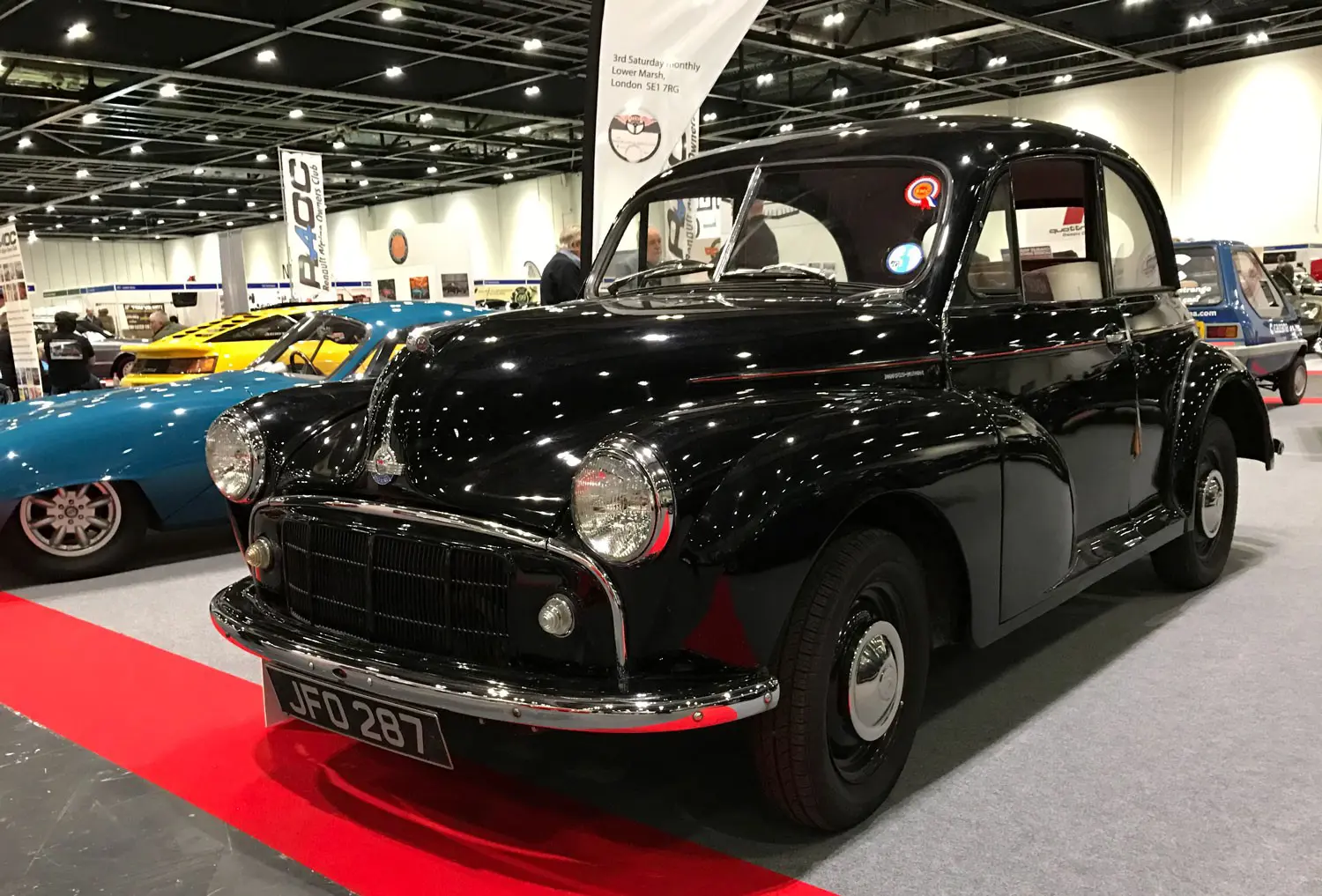
The Minor was a learning experience, and while its range, of approximately 40 miles, is way down on what an A-Series engine Series II could manage on a full tank, its performance is more than comparable.
Matthew reused as much of the original Minor’s running gear as possible, including its brakes and suspension. He was able to retain the standard clutch and four-speed manual gearbox, with the ratios now determining how quickly the Minor accelerates from standstill. “You tend not to use first”, Matthew confirmed.
Where possible, the mechanical changes made to the Minor remain reversible; replacement (rather than uprating) of parts like bushes was the norm if they were found to be worn during the conversion process.
It doesn’t convince everyone, however: “My social media feed is full of people claiming we’re ruining the cars,’ he said. To that end, defunct parts – and other parts of the old drivetrain the owner doesn’t want to keep are sold or donated to other cars of the same type still running on petrol, adding to the sustainability cycle of the battery conversion. Very little is ever thrown away.”
Matthew pointed out that the average commute is less than ten miles; his Minor needs charging once a week. London Electric Cars has since gone on to specialise in Mini, Beetle and Land Rover conversion kits, preserving the functionality of the original car at the cost of full-to-empty range.
The Minor is used as a run around by Matthew’s family, and has, to date, been as reliable as the day it left Cowley. “My wife prefers it,” he said.
The developed kits take less than a month to fit to a car once they’re booked in – but Matthew has a waiting list. No classic is off the table, but they could take longer to convert; the workshop had to work out how, for example, to safely retain the high-pressure brakes and self-levelling suspension of a Bentley T2 when its 6.75-litre V8 was removed.
Matthew is convinced electric conversion is the best solution to London’s worsening air quality. “It’s a pragmatic response to the issue […] if people have a car they’re attached to, converting it is the best way to go. They keep their car and that stops another car from being made.”
With waiting times for new cars crippled by chip shortages and component shortages, the time taken for London Electric Cars’ workshop to convert an existing car, even one unfamiliar to it, gets more compelling by the day. Beyond the Minor, Mini, Land Rover and Beetle programmes, cars as diverse as the Fiat Multipla, Bond Bug and Nissan S-Cargo have been through the workshop.
Cost and range remain the most difficult hurdles, but Matthew said the former would go down and the latter would increase as battery pack technology improves, more cars are broken for spares, and charging technology gets more powerful.
In the short term the latter method, known as megavolt charging, could keep boosting even a short-range electric vehicle quickly enough for long journeys to be possible.
Let’s tackle the elephant in the room: cost. Matthew can’t put an exact number on what the changeover comes to – it depends on how far and how fast the customer wants to go, and how much of the car (critically, the gearbox) they want to reuse, but a starting ballpark, quoted in an interview with the Sunday Times in 2021, was £30,000.
Matthew’s cars tend to use Nissan Leaf motors and battery packs, a far cry from the Electric Car Corporation running gear of his Minor. With the newer hardware, a Leaf powered Mini can manage between 70 and 100 miles on a full charge.
Faster and longer-range builds can use Tesla components instead, or other third party parts, like Hyper 9 motors from Zero EV, if they fit the car better (as an Anglia conversion recently demanded).
With a full order book and a growing waiting list, it’s easy to forget that a humble Morris Minor Series II started the ball rolling. What would Sir Alec Issigonis have made of said car nowadays?
“I think he would have loved it,” Matthew said. “He was an engineer and would have enjoyed the challenge [of conversion].”
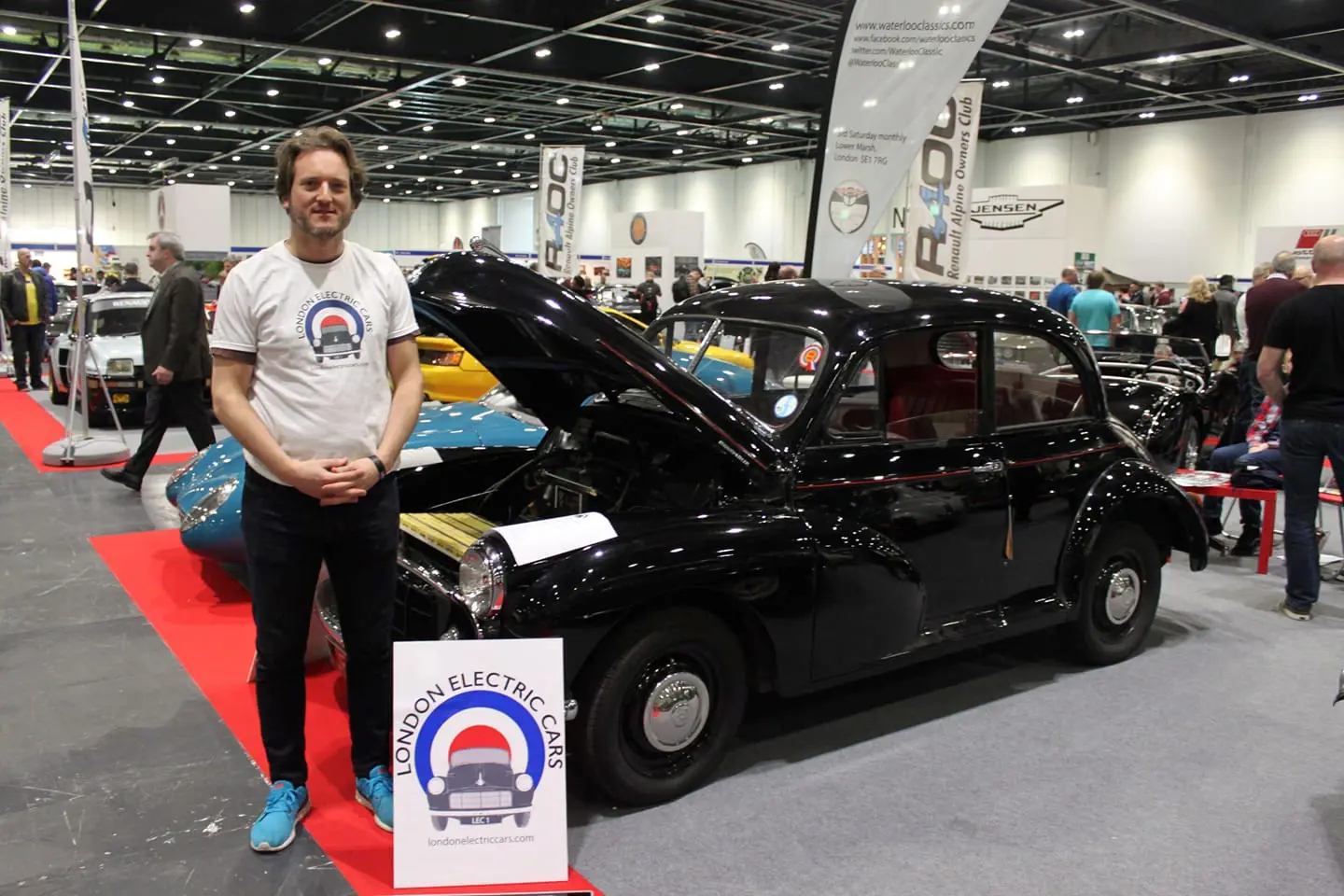
Matthew Quitter, founder and director of London Electric Cars, with his battery-powered 1953 Morris Minor Series II.
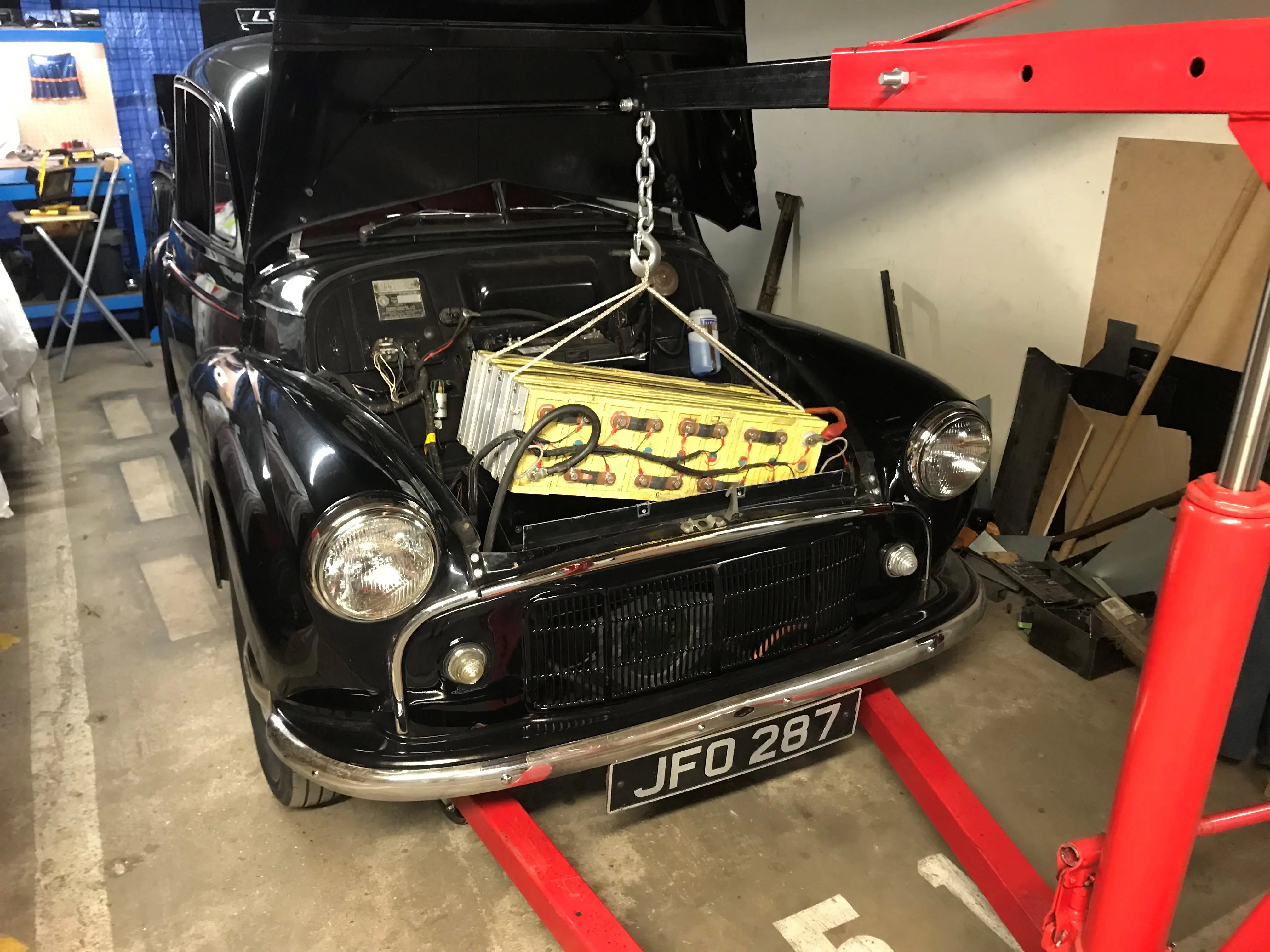
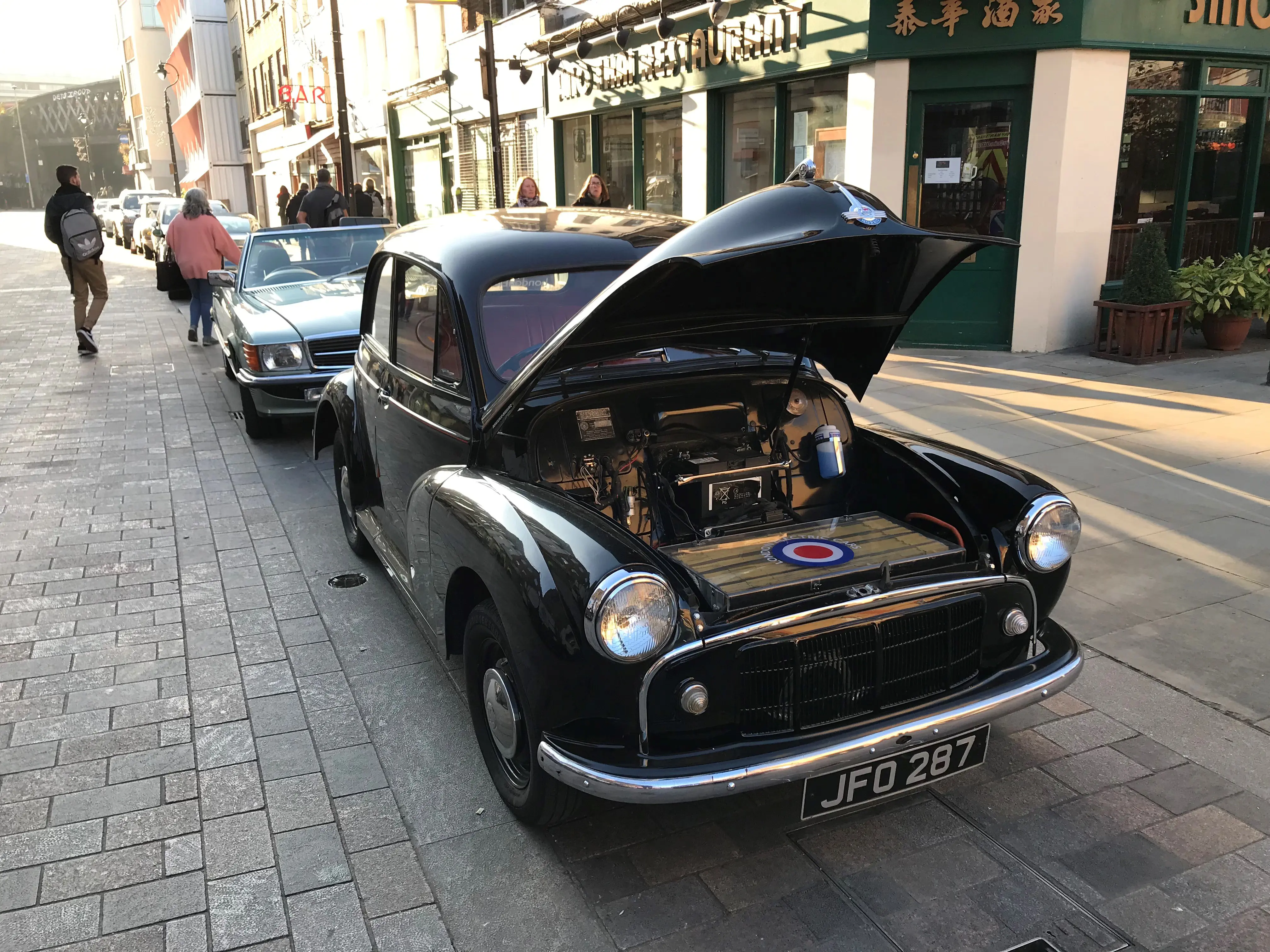
Matthew’s first electric Morris Minor used a different motor and battery pack to those converted later; in his car, the cells go under the bonnet where an 803cc A-Series used to live.
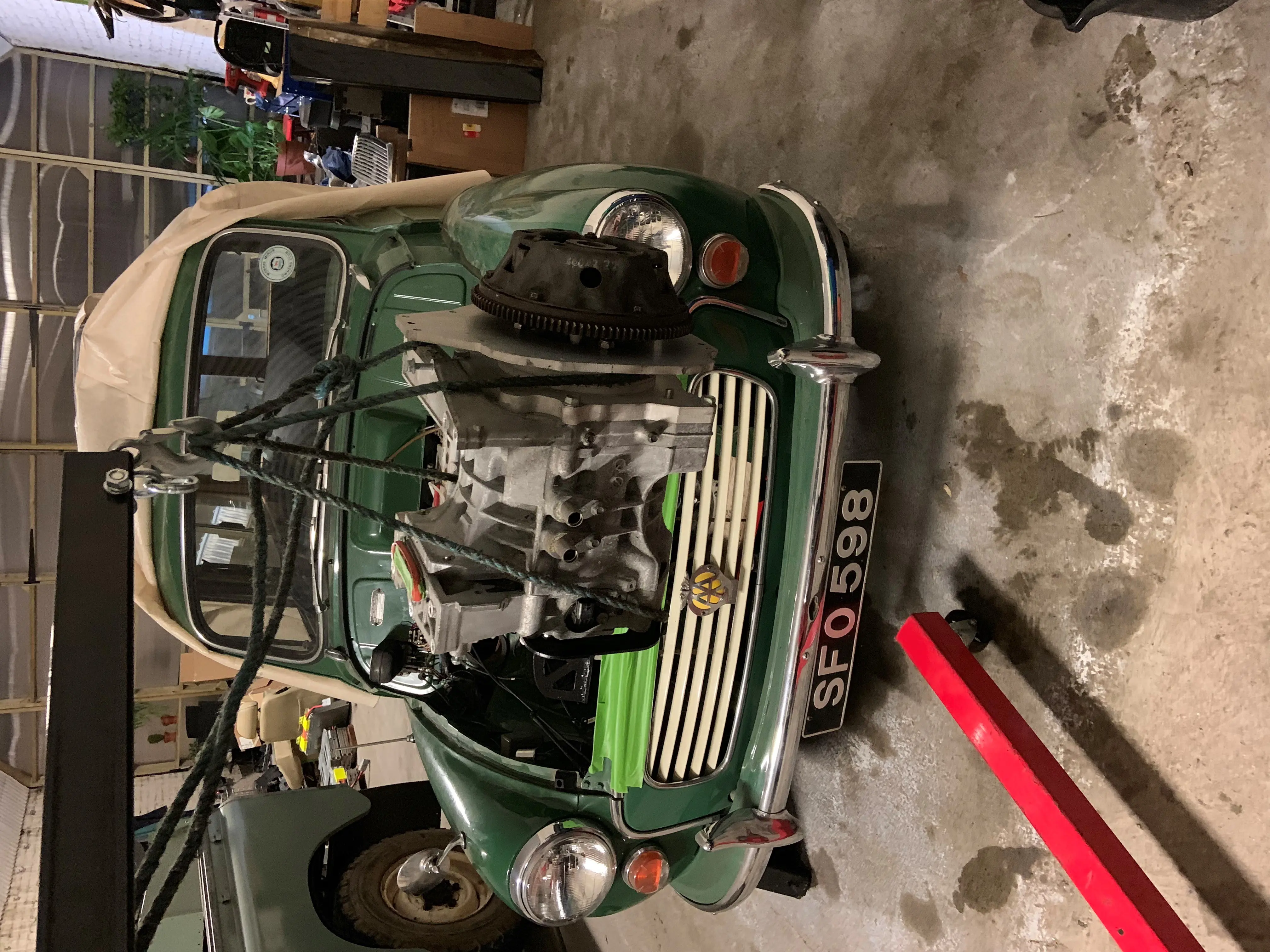
A Minor 1000 Cabriolet’s 948cc A-Series is replaced with a Nissan Leaf motor, attached to its original gearbox.
